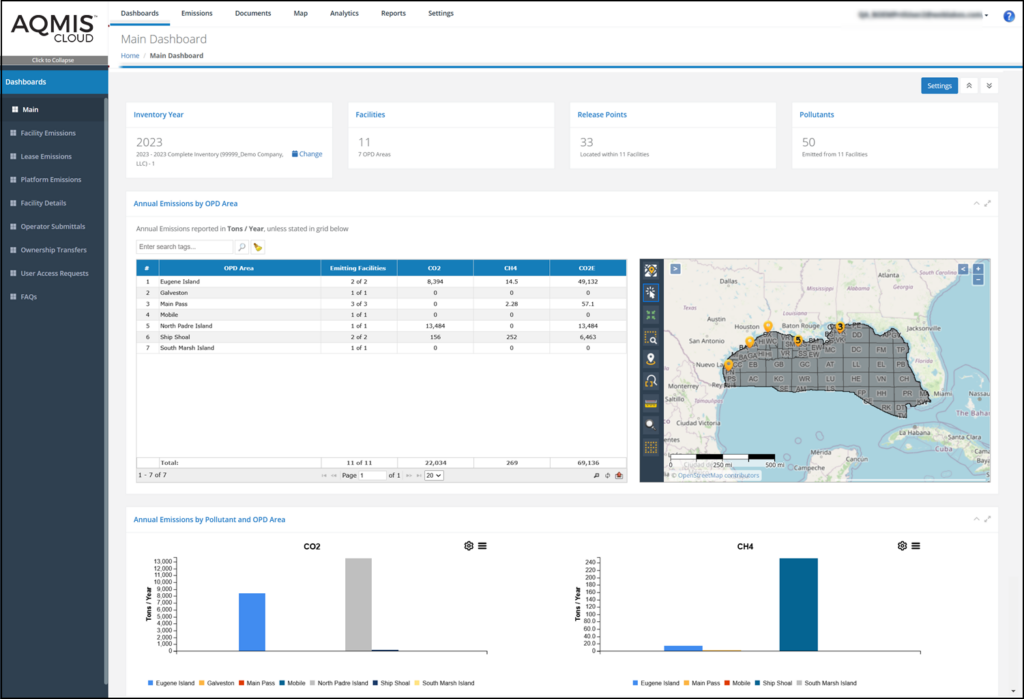Environmental Regulatory Agencies
For local, state, tribal, and federal environmental regulatory agencies, Lakes Environmental’s Ambient Quality Management Information System (AQMIS) supports a variety of use cases and benefits.
Air Quality Monitoring
Useful for emergency response during environmental incidents like industrial emissions spikes.
Permitting and Compliance
Provides tools for tracking compliance with specific permits and legal requirements.
Emissions Inventory Management
Environmental Risk Assessment
GIS and Data Visualization
Air Dispersion Modeling


Benefits:
Efficiency and Automation
Automates data collection, calculations, and reporting, saving time and reducing errors.
Ensures emissions data is always up to date with validated calculators.
Scalability and Flexibility
Can be used by small agencies or scaled to manage large airsheds or multi-jurisdictional regions.
Modular design allows agencies to add only the features they need.
Cost Reduction
Consolidates data and tools into one platform, eliminating the need for multiple software systems or extensive manual processes.
Improved Decision-Making
Offers real-time dashboards and comprehensive data analysis tools for evidence-based policy development and enforcement.
Transparency and Public Trust
GIS mapping and public-facing tools help communicate air quality issues effectively to the public, increasing transparency.
Support for State and Federal Programs
Aligns with federal initiatives like the EPA’s National Emissions Inventory (NEI) and regional air quality improvement programs.
By leveraging AQMIS, regulatory agencies can improve environmental oversight, respond quickly to incidents, and create more sustainable communities.


